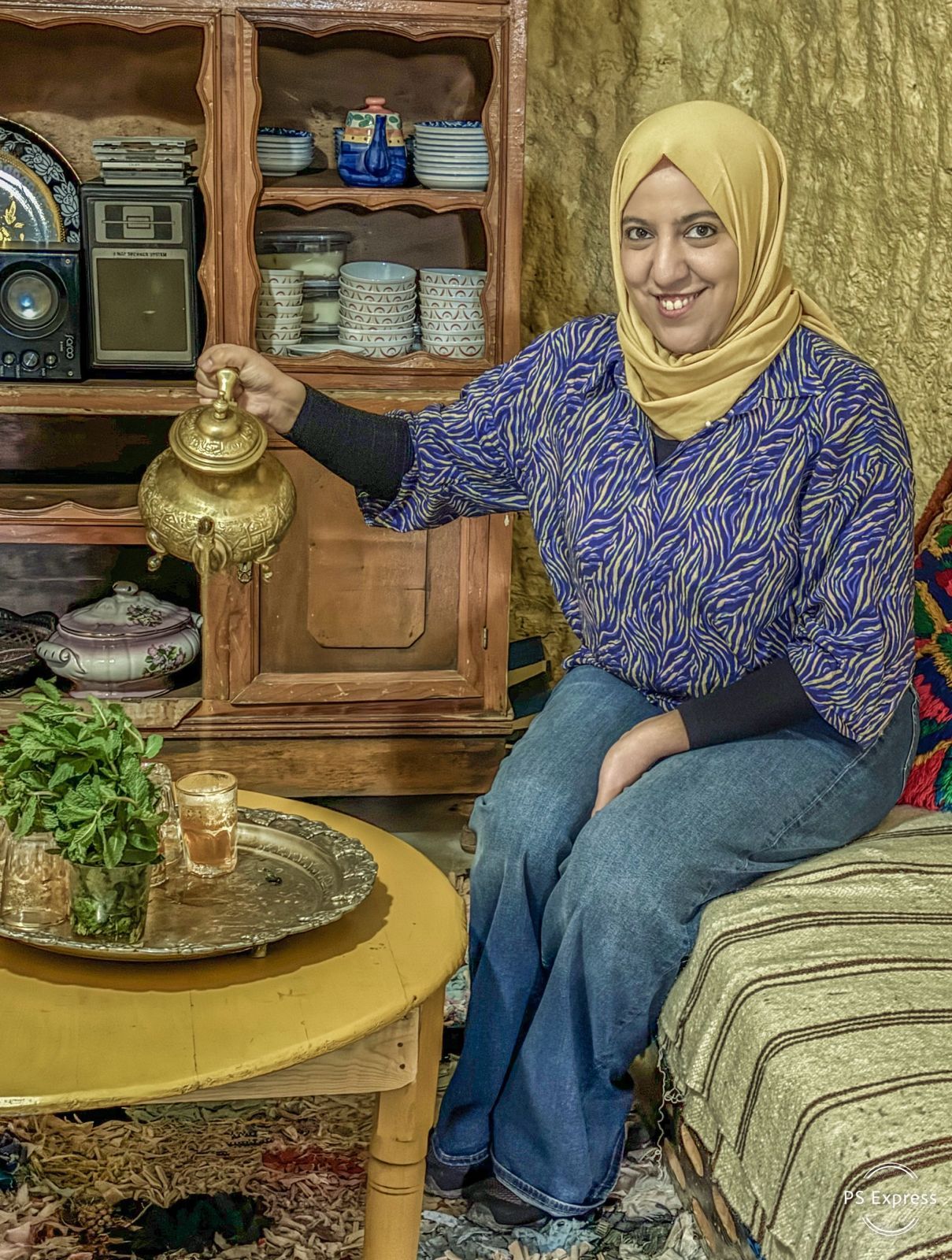The Importance of Authenticity in Food and Beverage Tourism

By Maria Athanasopoulou
Those who have experienced even a little gastronomy tourism know that authenticity is essential in the creation of gastronomy experiences. Gastronomy tourism assumes the authentic, but how is ‘authentic’ defined in relation to gastronomy tourism? Authenticity in gastronomy tourism has three main characteristics:
Authentic local products
In gastronomy tourism, local products play a particularly important role. They give color to the experiences that food-loving travelers seek. The soil, the climate and the way of production directly affect the taste of the products from a country or a region. It is this special taste of place that produce has, that allows it to be part of the authentic gastronomy experience in each place.
If someone plants basil and tomatoes in an Asian country and then creates from these products a pasta sauce based on an Italian recipe, would this be an authentic Italian taste? Many would correctly argue that the soil and the environment – the terroir – in each country give a unique taste to the area’s products. Therefore fruits and vegetables planted in another region or country cannot have the same taste as if they were planted somewhere else. The taste may be similar, but in the example above, the basil and tomatoes planted in Asia would not give the authentic “Italian taste” that food-loving travelers are used to.
Authentic recipes
The recipe of each dish is also crucial. To create the dish, the recipe must use local products in the right proportions and be made according to time-honored traditions.
For example, “spanakopita” (Spinach pie), a well-known traditional Greek dish, requires the use of Greek feta cheese. If another white cheese is used, but not feta, would this still be the Greek traditional Spanakopita (spinach pie)? Well, no. While the resulting dish might still be tasty, it would not be authentic. This phenomenon is seen frequently in fusion cuisines, where original products are either too hard or too expensive to come by. And sometimes imported products just do not offer the same fresh flavor as locally sourced products. Most food-loving travelers know that they can only get “the real thing” in the places where they travel.
Authentic ways of cooking
The way of cooking, e.g. baking, frying, boiling, steaming, etc. is also extremely important to properly render the taste of a dish.
For example, when a recipe calls for frying, how authentic would the result be if instead, the same ingredients were boiled in a pot? That said, life evolves. And with it, so does everything else, including how we view our food. The daily evolution and changes we have all experienced, are also reflected in the issue of authenticity in gastronomy tourism.
Other factors can affect the authenticity, or taste of place, of the food we eat.
Change of production method
In Greece, the production of the traditional alcoholic beverage “Tsipouro” was always done at home. Each family produced annually the amount of Tsipouro that its own family members would consume for the next 12 months. It was a well-established process for many decades. Today, the production of Greek Tsipouro takes place in large distilleries that follow scientific methods that naturally yield more product. Large companies are involved in the production and bottling of this spirit, which is sold not only in the Greek market but is also exported to many foreign countries.
Health reasons
Often health reasons force people to avoid eating certain groups of foods. For example, there are people who must avoid high-fat foods for the rest of their lives. And we all know at least one person who is gluten-free, vegetarian or vegan. Considering our example of Greek Sppanakopita (spinach pie), many people now use white cheese with a fat content lower than the original feta, which makes the dish healthier.
Allergies
In recent years, the awareness of food allergies has surged worldwide. Suppose someone is allergic to peanuts. So instead, he asks the chef to use a different kind of nut to prepare the dessert. It certainly is not the original recipe, but it is a way for some people to taste certain flavors that otherwise they could not.
Forgotten or abandoned cooking techniques
In the last century, many Greek dishes were traditionally cooked by the fireplace. At that time, there was a fireplace in every home. Apart from being a hearth used for heating the home, it was also used for cooking. Today, most Greek homes, especially in the cities, do not have a fireplace. The recipes that were cooked on the fireplace before are now cooked on the electric stove. Many argue that this change in cooking style also brought a change in taste.
Who judges authenticity?
Who determines which changes are important for each of the three key factors (products, recipe and cooking style), so that we must now call a new recipe “inauthentic”? The issue is real and concerns both food-loving travelers, as well as those businesses that serve them.
Who decides whether or not changes can or should be made? Is it the consumer himself who decides which changes he prefers? Is it a cook or chef? Is it experts in gastronomic tourism or food historians?
Rules change and evolve
Remember, the basis of gastronomy tourism is local gastronomy, and it is constantly evolving. Things change fast. For example, consider how many people now avoid some or all meat.
Many cooking schools have entirely replaced meat in many recipes with other proteins such as soybean. So, if I try a burger, but the burger is made of soy, because I am not a meat eater, could we still call this an authentic local recipe? On the other hand, for those who do not want to eat meat, in this way they can try a recipe that they probably would not try, even if it is made with the soy burger.
The beloved moussaka
When many people think of Greek food, we automatically think of moussaka, a dish well known abroad and strongly associated with Greece.
But the origins of moussaka are not in Greece! Most experts say that it has Persian roots, but we find in it other countries too, albeit slightly modified again. How did the Greek version of moussaka gain such popularity? The Greek moussaka that we all know and love today was created by a famous Greek chef in 1910. To make the dish his own, he removed many spices from the recipe and added French béchamel on top. So, this version of Greek moussaka was adored by those who tried it and today, is one of the most popular foods in Greece. There is no Greek or foreigner who does not know moussaka. So is this dish an authentic Greek recipe according to the definitions of gastronomic tourism? This is difficult to answer.
Should we expand our definition of authentic? Do we need to be more flexible? Should we now consider other criteria to define authenticity in gastronomy tourism? Concern over these issues grows year by year. The global discussion will continue. But ultimately, the final answers will come from the food-loving travelers themselves, and by studying their habits and behavior.
Maria Athanasopoulou is the founder of Respond on Demand Ltd and Chairwoman of the World Food Travel Association (WFTA)’s Board of Directors. She serves as a Certified Ambassador of the WFTA in Greece is also a Master Culinary Travel Professional.
The World Food Travel Association’s mission is to promote culinary cultures through hospitality and tourism. Authenticity is the cornerstone of a destination’s taste of place, which is the very definition of food tourism.











